After meeting on 14th and 15th July, the international Jury of the 2022 European Prize for Urban Public Space has chosen the 5 finalists for this year’s award.
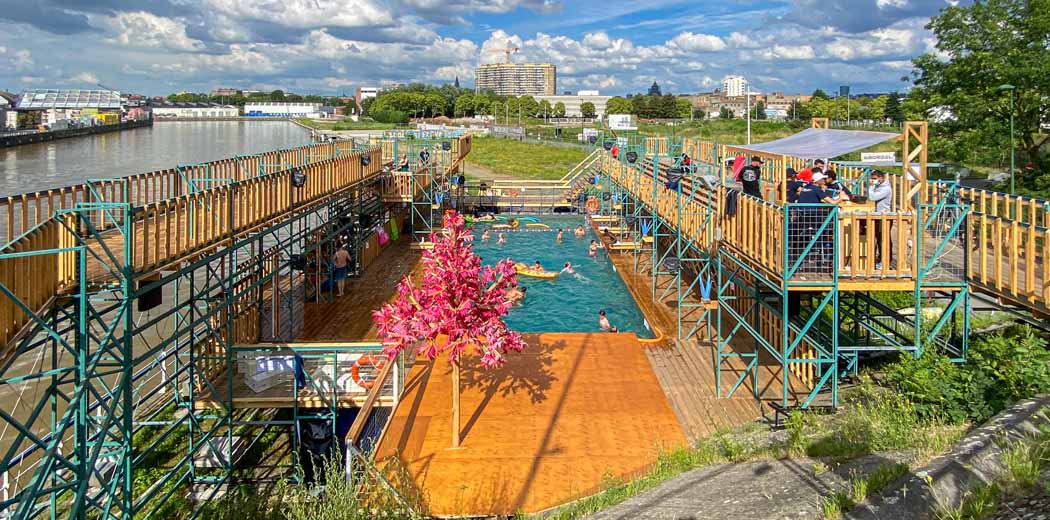
FLOW
Brussels (Belgium), 2021
Flow, designed and built with the participation of fifty young people, is the first open-air swimming pool to be constructed in Brussels in forty years. This project introduces a temporary structure that establishes a rich meeting place for enjoying fresh air and water. As a simple, economical, modular system that can easily be built by many hands, it presents a good example of how everyone can participate in creating an active, healthy public space.
Developer: Pool is cool
Authors: Jozef Wouters, Pool is cool
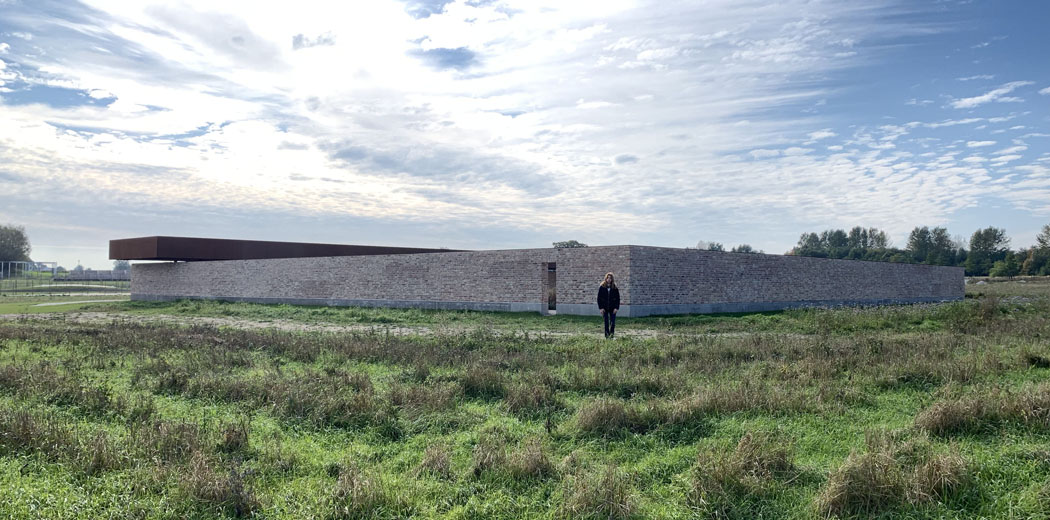
Hage
Lund (Sweden), 2021
Lund Cathedral decided to use its properties to develop a public space that would be an alternative to the logic of rapid urbanisation in its surroundings. A courtyard, closed on three sides by walls made of bricks recovered from a demolished factory building, is set in still-undeveloped land on the outskirts of Lund. The owner of the land has decided not to keep pace with the urbanising development of the area, but to let it follow its own course open to the citizens. The courtyard is a first intervention, an anticipation of a gradual evolution of the place: an hortus inconclusus.
Developer: Lunds Domkyrka (Lund Cathedral)
Authors: Price & Myers, Brendeland & Kristoffersen Architects
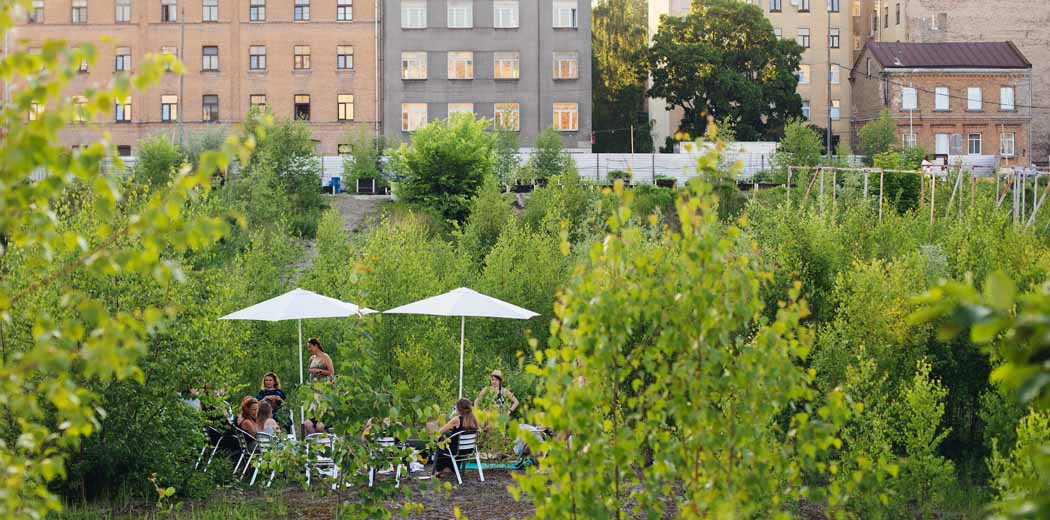
Urban community garden "Sporta pils dārzi"
Riga (Latvia), 2021
The urban community garden "Sporta pils dārzi" is the result of a popular initiative to recover an abandoned lot and becomes a new typology of public space. The project consists of a system of seedling distributions and interstitial spaces that will be occupied during events and encounters. The resulting project is a new system, a model of urban space that incorporates productive, cultural and social logics and integrates emerging natural elements as part of the community space.
Developer & authors: Artilērijas dārzi
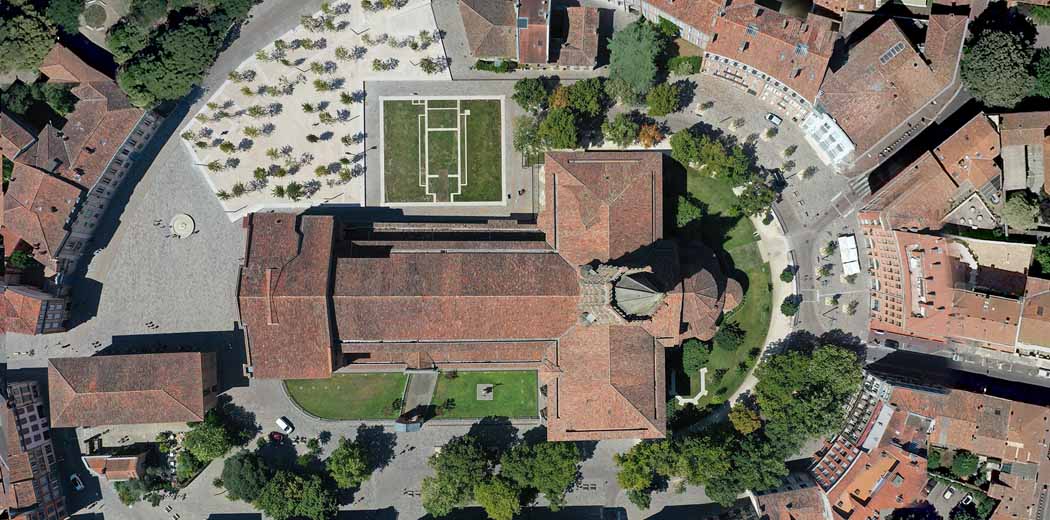
Saint Sernin Square
Toulouse (France), 2020
The project for Saint Sernin Square in Toulouse restores eminence to the historic urban fabric of the city. The cars that occupied its surface have been removed, and lost trees are reinstated as organisers of the public space. The simplicity of the proposal, its use of materials, and recognition of the heritage of the site have become the project’s mechanisms for reactivating a new, once-jeopardised public space and regaining its vertical dimension and establishing an area that can accommodate a range of public uses.
Developer: Toulouse Métropole
Authors: BAU (Joan Busquets, Pieter-Jan Versluys) + MDP (Michel Desvigne) + LEA + EGIS
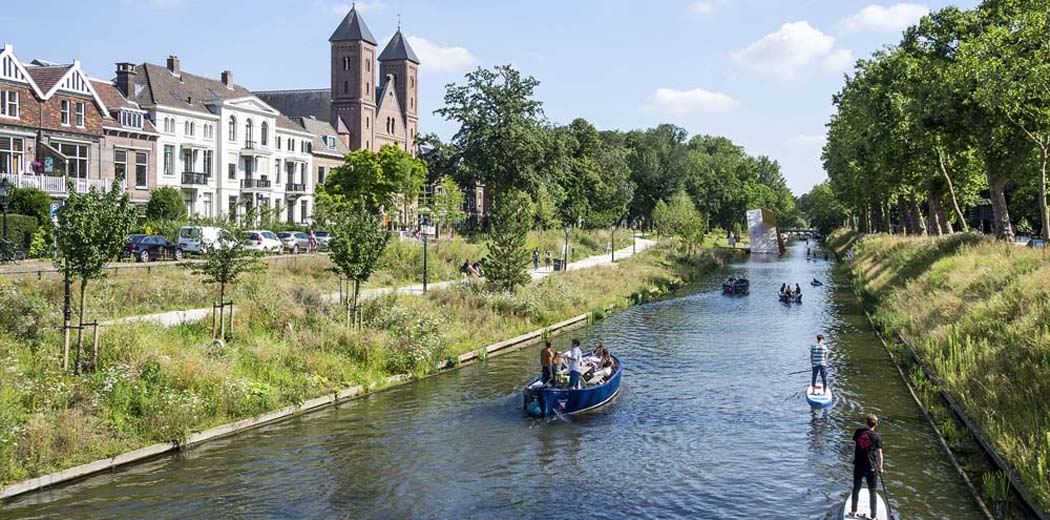
Catharijnesingel
Utrecht (Netherlands), 2020
The restoration of the Catharijnesingel removes vehicular traffic that occupied this street and brings back water to rewild a new public space for the city and make it accessible for cyclists and pedestrians. This project is an excellent example of revitalising the qualities of the city by means of recovering water and its biodiversity. Inspired by the environment, all the elements, including trees, vegetation, paving materials, and street furniture have been meticulously selected and envisage how nature will evolve in future. It introduces a new, natural, and healthy microclimate that will play an important role in the present situation of global climate crisis.
Developer: Gemeente Utrecht
Authors: OKRA Landschapsarchitecten
Among the works submitted, the jury has selected 20 projects that will become part of the Archive of the European Prize for Urban Public Space.
The winner will be made public at a prize-giving ceremony that is to be held at the CCCB the 14 and 15 November.


